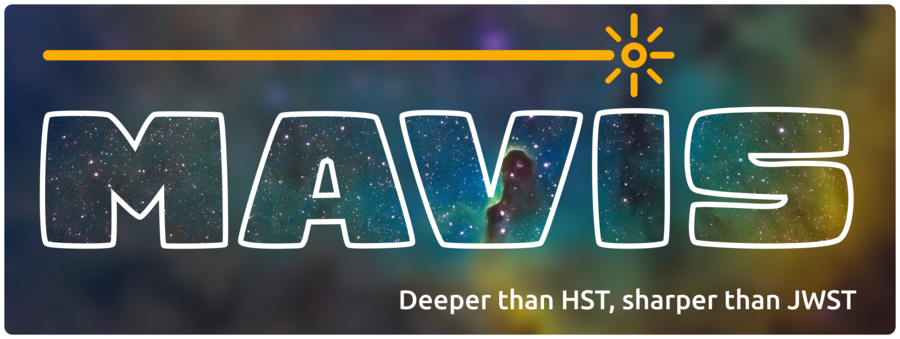Speaker
Description
We present detailed measurements of the stellar specific angular momentum ($j_*$) of ten star-forming galaxies at $z\sim1.5-2$ using integral field spectroscopic data at high and low spatial resolutions. We developed and tested a code that simultaneously models the adaptive optics (AO) assisted observations from OSIRIS/SINFONI along with their natural seeing counterparts from KMOS at spatial resolutions of $\simeq0.1$ arcsec and $\simeq0.7$ arcsec respectively. The AO data reveals $2/10$ systems to be mergers where a simple disk model is inapplicable to determining $j_*$. For the remaining eight we find that the mean uncertainties $\bar \Delta j_*$ decrease from 30%, using natural seeing, and 17% using adaptive optics, to 8% in the combined analysis due to better constraints in the convergence of $j_*(r)$. We find these agree within $20\%$ with simple estimates ($\tilde{j_*}$) calculated from the Hubble Space Telescope photometric profiles and natural seeing kinematics, however higher resolution kinematics is required to first identify these disks. We find the mass surface density model and the measurement of effective radius from photometry is the key systematic effect that affects the measurement of $j_*$ between different analyses. Investigating the $j_*$ vs $M_*$ Fall (1983) relation we find for a fixed power-law slope $\beta=2/3$, the zero-point of our best fit to the relation is consistent with prior results at $z\geq1$ from seeing limited surveys within $\sim0.3$ dex at $\log (M_*/M_\odot)<10.1$ and $\sim0.2$ dex at $\log (M_*/M_\odot)>10.1$. Finally, we find that the scatter from the relation of $\sim0.3$ dex does not reduce with higher resolution data so we conclude is intrinsic to the galaxies at $z>1$. This compares to a scatter of $\leq 0.2$ dex for disks at $z\simeq0$ pointing to a settling of the Fall relation with cosmic time. The MAVIS project will expand the redshift coverage and improve spatial resolution, so the multi-resolution measurements will be possible for hundreds of galaxies that have been observed with low-resolution instruments such as KMOS and MUSE.

